What children’s perspectives tell us about inclusion in the school and preschool environment is that we are all experts in different ways and that our different experiences and understandings are of value. Inclusive education is presented and discussed as under construction, both in educational settings and as a concept. The materials in this course are largely rooted in the social model of disability and human/disability rights frameworks.
The full course about inclusion on Open University consists of the following chapters:
- What children’s perspectives tell us about inclusion
- Why do you come here?
- Children’s perceptions of play and learning
- How older pupils view school
- Gender bias in experiences of education
- Different classrooms, different experiences
- Children’s attitude to mixed-ability groupings
- What makes you happy at school?
- The importance of friendship
- The effect of bullying
- Feeling safe and secure in school
I am going to highlight children’s quotes about inclusion in their school and comment on certain parts of the course. For the full course and the resources go to the bottom of the post.

Children had the most unusual answers when asked a simple question, ‘Why do you come here?’. They are under the impression that school is ‘work’ and that it is impossible that they enjoy their lessons. If they enjoyed their lessons, they thought that they were playing and not learning. This came as a shock to many teachers, although they are the ones who created this mindset. School is for working. Preschool is for playing. This mindset is appalling, and it needs to be changed for inclusion to occur, and of course, teachers need to change their methods and promote enjoyable learning and gamification.
Iris Keating and her colleagues visited ten primary schools in the northwest of England and asked young children about what they were doing in their reception classes. One child who had done PE, music, and sand in a day commented, ‘Well, I’ve not done any work today, I don’t know why I came to school’ (Keating et al., 2000, p. 443).
‘Children identified real work’ as reading and writing: ‘Looking at books. That’s not playing. Painting – that’s playing. Writing is work’ (Keating et al., 2000, p. 443).
Moreover, these reception-age children saw the play as inferior to work:
Interviewer: You told me that work is important. Is playing important?
Child: No. (Keating et al., 2000, p. 443)
Children did recognize implicitly that things could be learned through play: ‘You learn to make stuff’ (child quoted in Keating et al., 2000, p. 444). This wasn’t a school ‘thing’; school is the place for proper schoolwork.

When it comes to older pupils, the idea of school and inclusion is a bit different. They are convinced that school is just a temporary phase in life, formed to help them acquire certain tools – competences, which will aid them further in life.
Memorizing and having good test scores is the most important thing. Sure, education serves as a means of developing many competencies and acquiring a formal degree. Still, critical thinking, creativity, communication, and collaboration (the 4 C’s of 21st-century skills), are crucial skills needed to succeed in any kind of employment. But, unfortunately, these skills are not adequately developed in many schools.
‘You don’t want to be one of these drunks and that you see on the streets every day selling ”The Big Issue.”’
‘You’ll no get a decent job if you’ve no got any brains.’
‘Now it’s only four years. You’ll go to university and then get a life.’ (Pupils quoted in Duffield, Allan, Turner and Morris, 2000, p. 266)

When it comes to collaboration, children come to it instinctively and naturally, and the teacher should act only as a moderator to promote inclusion in a school environment. They are aware that all of them have different abilities and they know that by using them together, they can come to a better solution than working individually.
Children expressed the view that there were some benefits gained from working in this mixed-ability, collaborative way. One pupil explained this was ‘… because you get more information because people share ideas’ (pupil quoted in Lyle, 1999, p. 289).
After collaborative work, children felt accomplished, knowing that their discussion was creative and not negative, which showed them what real collaboration is like. Disagreement does not have to be an argument, and no one needs to feel bad if they disagree with someone. Instead, all conflict should be resolved creatively, with the teacher’s assistance, because teachers need to give them the tools for proper conflict resolution and teach them how to do it in the first place.
‘It was like teamwork.’ ‘You might have an idea, and someone will say, “no, let’s have this one,” and then you all start arguing. Then you discuss it to come up with the best idea.’ (Pupils quoted in Lyle, 1999, p. 290)

Adult perception of friendship at a young age is usually not very close to real-life situations.
Children can have true friendships more easily simply because they are genuinely sincere and they connect easier than adults.
‘When everybody is kind and helpful, and everybody is friends’ Female, Year 6
‘Playing nice’ Female, Year 2
‘Feeling safe’ Female, Year 6
‘When everybody else is happy’ Female, Year 6
(Whitaker et al., 1998)

Even though we are present in many situations when children get bullied, the first idea that comes to our mind is physical bullying and calling names. We are immersed in our own worlds, and we subconsciously believe that all of those quarrels are not so significant and that the children will ultimately forget. In these moments, we forget about inclusion. Unfortunately, the reality is completely different, and bullying of any kind at such a young age leaves serious consequences on the children’s life quality.
When people make fun of me,’ Male, Year 6
‘Being called [names] for something you can’t help …being shy’ Female, Year 10
‘Being told off and called names by the teacher and friends’ Male, Year 6 ‘When you hear about other pupils that are being bullied’ Female, Year 10 ‘When people pick on me and call me fat’ Female, Year 6 ‘Not fi ing in’ Female, Year 6
‘The teacher asks for suggestions, and I put my hand up all the time and never get asked once …’ Male, Year 5
(Whittaker et al., 1998)
According to (Osler, 2000, p. 54), children gave the following suggestions for teachers. In order to create a better working environment, teachers should, first of all, pay more attention to children and actively listen to their problems.
- Give praise for good behavior;
- Listen to pupils;
- Take the trouble to sort out the underlying causes of disputes instead of just dealing with the immediate effects of violent behavior;
- Recognize bullying, racial and sexual-name calling and abuse as real problems among pupils;
- Care more;
- Investigate before you punish;
- Show respect for all pupils.
Children are humans, after all, and teachers tend to forget that. They are not a complete tabula rasa – they do know many things, and what they don’t know – they feel. The children instinctively know what is included, and they can very easily describe how they feel and in which situations they felt excluded. Of course, the situations varied from one school to another, but one thing is sure – the children KNOW what they need when it comes to friendship and interaction. We are obliged to listen and incorporate their wishes into our activities. We should model our lessons on their feedback, not on our inner ideas of how inclusion should look like. Only then, true inclusion can happen.
References from the Inclusion course:
Keating, I., Fabian, H., Jordan, P., Mavers, D., Roberts, J. (2000) ‘Well, I’ve not done any work today, I don’t know why I came to school: perceptions of play in the reception class,’ Educational.
Whittaker, J., Kenworthy, J. and Crabtree, C. (1998) ‘What children say about the school,’ Bolton Data for Inclusion Data, 24, September 1998. Available from:
Click on this link to access the full course.
Think back over the children’s voices and their views of their experiences of inclusion in school that you have read in this course. How do your own views, as an adult, compare to those of these children?
Can you think of any other factors that might influence how they see the school and their own place in school? For example, what are the implications of the pupils’ views discussed in this course for education in segregated settings and grouping and streaming?
Let me know in the comments or via the contact page what do you think of this topic.

Click here to explore my store where 99% of materials are forever free!
All the materials except lesson plans and 30+ page interactive activity books will be free FOREVER! Why? Because sharing is caring, and 2020 hasn’t been kind to all of us. Please consider donating so I can keep making FREE materials for everyone and keep my website open for all of you.
Don’t forget to leave a review when you download materials! It’s just a minute of your time, and it means a lot to me.
P.S. The store and the freebie library are not the same thing – the freebie library has some extra materials like conference presentations and webinar recordings which are not available in the store ✨
The subscription link for the store is below my bio in every post. ?
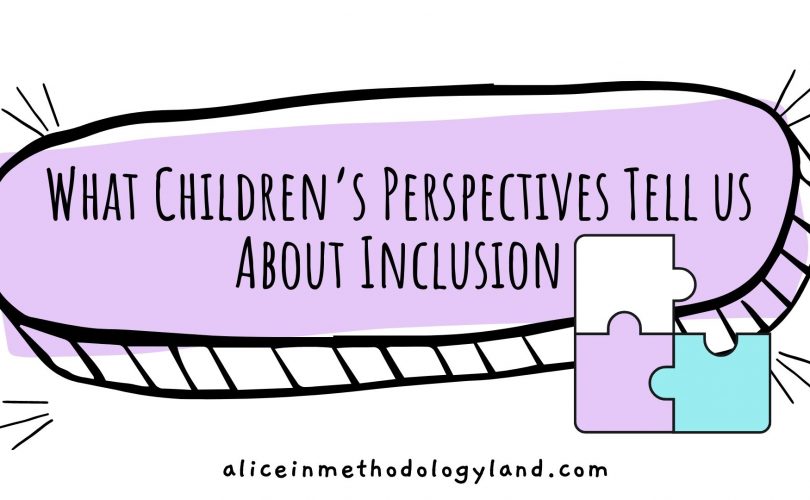

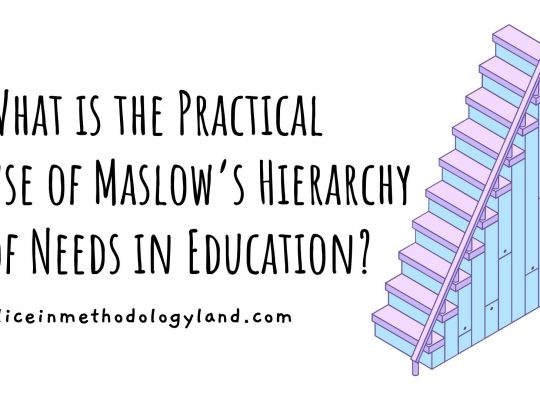
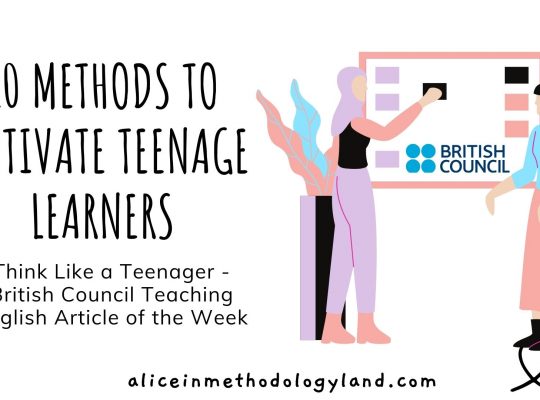

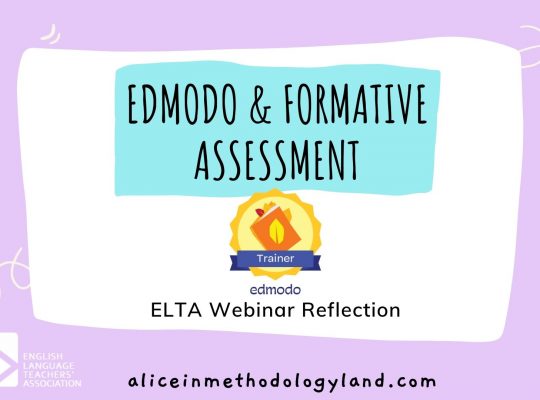
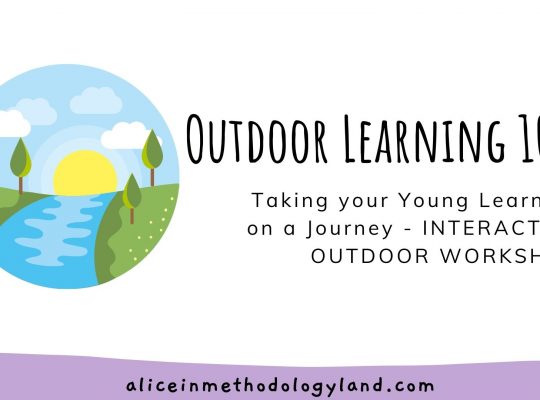

[…] What Children’s Perspectives Tell us About Inclusion […]